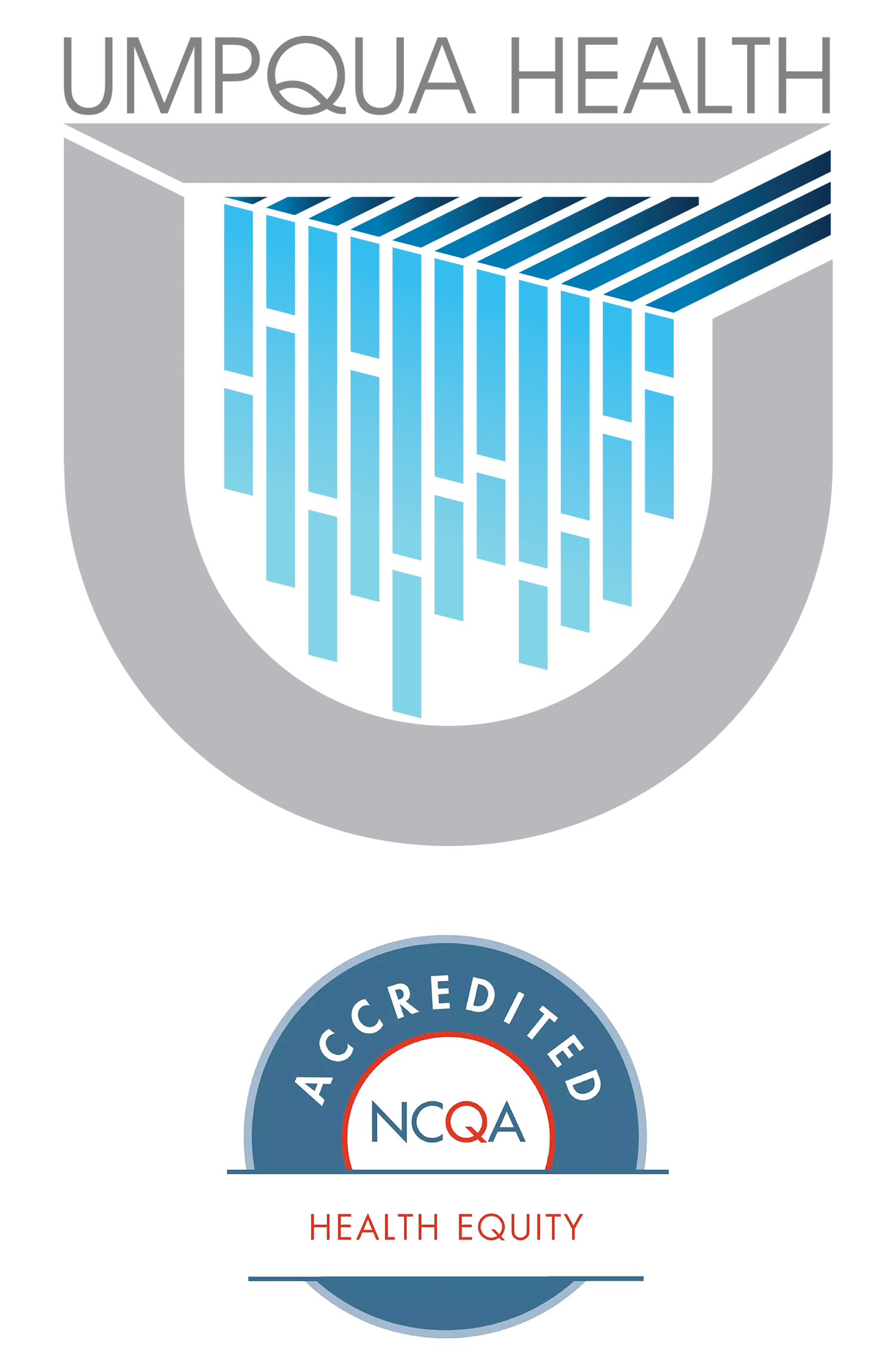Provider Newsletter October 2019
 Practice Tactics
Practice Tactics
Prioritized List Updated October 1
Though the major changes to the Prioritized List occurs each January, there are minor changes that occur in May and October. This month in addition to a number of ICD-10 and CPT code revisions, there have been new coverage expanded to several genetic tests, Breast MRI for screening for those at higher risk, and procalcitonin and calprotectin testing. Of note, there is expanded coverage and new Guideline Notes for:
- Transoral incisionsless fundoplication (TIF) for GERD
- Pulmonary rehabilitation
- Sacral stimulation and artificial sphincters for urinary incontinence
Shoulder decompression surgery has a guideline with greater restrictions on coverage criteria.
The Prioritized List and changes can be accessed on this webpage: https://www.oregon.gov/oha/HPA/DSI-HERC/Pages/Prioritized-List.aspx
 Professionally Administered Drugs, Wastage and/or Discarded Amounts (Modifier JW)
Professionally Administered Drugs, Wastage and/or Discarded Amounts (Modifier JW)
Providers are responsible for accurately, completely, and legibly documenting all services performed, and accurately submitting claims for professionally administered drugs, including using the JW modifier when appropriate. The JW modifier is a Healthcare Common Procedure Coding System (HCPCS) Level II modifier used on a drug claims to report the amount of drug that is discarded and eligible for payment under the discarded drug policy. The modifier shall only be used for drugs in single dose or single use packaging.
UHA does not reimburse for discarded or wasted amounts of drug from multi-dose vials or multi-use packages. The majority of drugs are issued in multi-dose vials. However, some drugs do not have the stability needed for multi-dose vials and are packaged in single-use vials. The package insert for each individual drug will specify the dosing and administration instructions, stability of the product, and time frames when the substance may be safely administered and after which it must be discarded.
UHA encourages physicians, hospitals and other providers to schedule patients in such a way that they can use drugs most efficiently, in a clinically appropriate manner. For instance, some chemotherapy drugs are both highly effective and highly expensive. Oncology and chemotherapy clinics commonly schedule multiple patients to receive treatments of the same drug concurrently. However, there may be occasions when the remainder of a single dose vial or single use package must be discarded after administering a dose/quantity of the drug to a member.
When processing claims for drugs, UHA requires the use of the modifier JW to identify unused drug from single use vials or single use packages that are appropriately discarded. This modifier, billed on a separate line, will provide payment for the amount of discarded drug. For example, a single use vial that is labeled to contain 100 units of a drug has 95 units administered to the patient and 5 units discarded. The 95 units dose is billed on one line, while the discarded 5 units may be billed on another line by using the JW modifier.
All claims with the modifier JW, will be manually reviewed by UHA staff. UHA will reimburse for discarded or wasted amounts of drug only when all of the following requirements are met:
- The drug is only supplied in single-use vials or single-use packages.
- The physician’s orders for the drug must be clearly and completely documented in the medical record. When the physician order for the drug is written in terms of patient specific factors (weight, body surface area, etc.), records documenting current measurements of those specific factors must also be included with the records provided for review.
- The amount of drug administered must be clearly and completely documented in the medical record.
- The discarded or wasted drug must be clearly documented as discarded or wasted in the medical records supplied to UHA for review. The documentation must include the date and time the drug was discarded, the amount discarded, the reason for wastage, and the name, licensure, and signature of the person who wasted the drug.
- The amount of drug that is actually administered to the member is billed on one line on the claim.
- The amount of drug that was wasted or discarded is billed separately on a second line item, with modifier JW attached.
- UHA will only reimburse for the minimum amount of drug above what was actually ordered to arrive at the nearest whole vial using the vial size and dose that result in the least amount of wastage. For example, if the physician orders for the patient to receive 180 mg of the drug in question, and the drug is manufactured in both a 100 mg single-use vial and a 150 mg single-use vial, then UHA will only reimburse for 20 mg of wastage (the result of using two 100 mg vials).
 Clinical Corner
Clinical Corner
2019 Update on Medical Overuse- JAMA
Excerpts from JAMA: Review of 2018 literature on medical overuse identified the most important articles on medical overuse identified issues with testing, including that
- Procalcitonin does not affect antibiotic duration in patients with lower respiratory tract infection (4.2 vs 4.3 days);
- Incidentalomas are present in 22% to 38% of common magnetic resonance imaging or computed tomography studies;
- 9% of women dying of stage IV cancer are still screened with mammography; and
- Computed tomography lung cancer screening offers stable benefit and higher rates of harm for patients at lower risk.
Articles related to overtreatment reported that
- Urgent care clinics commonly overprescribe antibiotics (in 39% of all visits, patients received antibiotics) and that
- Treatment of subclinical hypothyroidism had no effect on clinical outcomes.
Three studies highlighted services that should be questioned, including
- Using opioids for chronic non-cancer pain (meta-analysis found no clinically significant benefit),
- Stress ulcer prophylaxis for intensive care unit patients (mortality, 31.1% with pantoprazole vs 30.4% with placebo), and
- Supplemental oxygen for patients with normal oxygen levels (mortality relative risk, 1.21; 95% CI, 1.03-1.43).
The article can be read here.
 On the Lookout
On the Lookout
This Is Quitting – Youth/Young Adult Vaping Cessation
Do you know any teenagers who vape? The Douglas Public Health Network has partnered with Blue Zones and CHI Mercy Health to bring a new youth/young adult vaping cessation program to Douglas County. This Is Quitting is a free, text-based program developed by the Truth Initiative specifically for youth and young adults 13-24 years old. Enrollees receive age-appropriate messages tailored to their readiness and product usage. Messages include tips, strategies, and advice to help enrollees stay on track and successfully quit vaping and were developed with input from actual youth and young adults that have struggled to or successfully quit vaping.
Those not quite ready to quit receive 4 weeks of messages to help build the confidence and skills needed to eventually quit. Those who are ready to quit now can set a quit date and will receive one week of messages leading up to that date to help them prepare and 8 weeks of follow-up texts. Participants can also text several keywords like “crave” “stress” and “slip” at any time during the program and at any time afterwards for extra help staying on track and vape-free.
Patients interested in enrolling need only text “VAPEFREEDC” to 88709. Flyers and palm cards will be distributed to various schools, organizations, businesses, and providers across the county in the coming weeks. For more information about the program or to request materials for your clinic, please contact DPHN’s Tobacco Prevention and Education Program at 541-677-5825.
Patients who don’t qualify for the This Is Quitting but want to stop vaping or smoking tobacco products should utilize the Oregon Quit Line by calling 1-800-QUIT-NOW or at www.quitnow.net/oregon
 Public Health Modernization
Public Health Modernization
How do you describe Health Equity? The Oregon Health Policy Board recently adopted an agency-wide Health Equity definition. This definition will be used by the Health Policy Board, it’s sub-committees, and by the Oregon Health Authority. The definition is unique in that it calls out not just disparate health outcomes, but the connection of those outcomes to historical and present acts of racism and oppression that lead directly to poor health. As an example, there is a higher incidence of infant mortality for children born of Black mothers compared to White mothers, even after allowing for income, education and other factors. We can find evidence of this sort of structural racism even in decisions we are making today. The definition:
“Oregon will have established a health system that creates health equity when all people can reach their full health potential and well-being and are not disadvantaged by their race, ethnicity, language, disability, gender, gender identity, sexual orientation, social class, intersections among these communities or identities, or other socially determined circumstances.”
Achieving health equity requires the ongoing collaboration of all regions and sectors of the state, including tribal governments to address:
- The equitable distribution or redistribution of resources and power; and
- Recognizing, reconciling and rectifying historical and contemporary injustices.
The Douglas Public Health Network received a grant from the Oregon Health Authority to work on Public Health Modernization, an effort to make sure that every local public health agency has the foundational capabilities and programs to ensure that a core set of public health services are available to everyone in the state. The efforts include work at the local level to increase multi-sector partnerships and use of a health equity lens to focus on the social determinants of health that drive the level of our community’s health. We realize that good health outcomes are about more than medical care and depend on the cross-sectoral work happening at the intersections of health, education, housing, community building and economic development.
Language and dialogue are essential communication skills in the ongoing work to address community health issues. This definition of Health Equity will help us in Douglas County and our region to establish a health system where all people can reach their full health potential and well-being. For more on the Public Health Modernization Program, please visit:
http://douglaspublichealthnetwork.org/index.php/modernization-program/
and,
https://www.oregon.gov/oha/PH/ABOUT/TASKFORCE/Pages/index.aspx
 Free Flu Vaccination Clinic
Free Flu Vaccination Clinic
The Douglas Public Health Network, along with the Douglas County Sheriff’s Office of Emergency Management, Cow Creek Tribe, CHI Mercy Health, Umpqua Community College, Aviva Health and other community partners, will be holding a free drive-thru flu shot clinic on Saturday, October 19th. The event will be at the Tri-City Rural Fire Department, 140 South Old Pacific Highway (Hwy 99), Myrtle Creek/Tri-City, from 10 a.m. until 4 p.m. Please tell your staff, patients, friends, neighbors, and anyone else to come by and get their annual flu vaccine without ever leaving the comfort and convenience of their car! Anyone and everyone are welcome!
The drive-thru flu shot clinic not only helps protect us all from seasonal influenza, but the event also helps our community responders exercise for emergency situations and train volunteers for public health emergencies and disasters. For more info contact DPHN at 541-440-3571, and visit: http://douglaspublichealthnetwork.org/index.php/2019/09/27/2019-free-drive-thru-flu-shot-clinic/
 Information in this section is provided by Douglas Public Health Network. If you have any questions about the content, please contact the DPHN office at (541) 440-3571.
Information in this section is provided by Douglas Public Health Network. If you have any questions about the content, please contact the DPHN office at (541) 440-3571.
 CME for Thee
CME for Thee
Advanced Directive Training
Having an Advance Directive in place helps loved ones and medical personnel make important decisions during a crisis. This important document ensures that a patient’s wishes regarding health care are carried out, even when they are unable to make their wishes known.
Umpqua Health is working to promote the use of the Advance Directive in our community by providing a FREE “Train the Trainer” day on Monday, November 18, 2019.
Oregon Health Decisions (https://www.oregonhealthdecisions.org/) will be presenting the trainings in the conference room of the Newton Creek Clinic, and we hope to have representatives from each provider office attend. Having trained staff embedded in provider offices accomplishes two things; they will be in a position to encourage and assist their patients to complete the directive, and will also be able to train other staff members to do the same. Making this a community wide effort can have a huge impact on our population in terms of making their values and choices readily available to medical personnel in a crisis.
Training times will be announced at a later date, but initially we would like to get an idea of the number of attendees. Please email our Provider Network Representative Karen Wright at KWright@umpquahealth.com, or call her directly at (541) 229-7707 by November 1, with the number of staff members who will be available to attend, and if you have a preference for a morning, noon or afternoon training time. The training takes approximately 90 minutes, and each attendee will be provided with the written materials they need to get started. Again, this training is provided at no cost.
November 14th Medications for Addiction (MAT)- DATA-Waiver Training
Who: Prescribing Clinicians and others interested medications for addiction treatment (MAT)
How: Sign up here
When: November 14th, 2019 from 12:30 to 4:45 PM (Lunch will be provided)
Where: Jackson County Health and Human Services Building, 140 S. Holly St. Medford OR
Contacts: Laura Heesacker, Heesackerl@Careoregon.org or Stacie Andoniadis AndoniadisS@Careoregon.org
What: A Free 4-hour in-person training of Medication Assisted Treatment (MAT) DATA-waiver. Buprenorphine DATA waiver training to prescribe Buprenorphine, a medication used to treat Opioid Use Disorder/Dependence. We are offering this training to help support clinicians and clinical teams as they begin or expand their clinical practice around treating Opioid Use Disorder. Our goal is to create more access for patients, community capacity and comfort for clinical teams.



